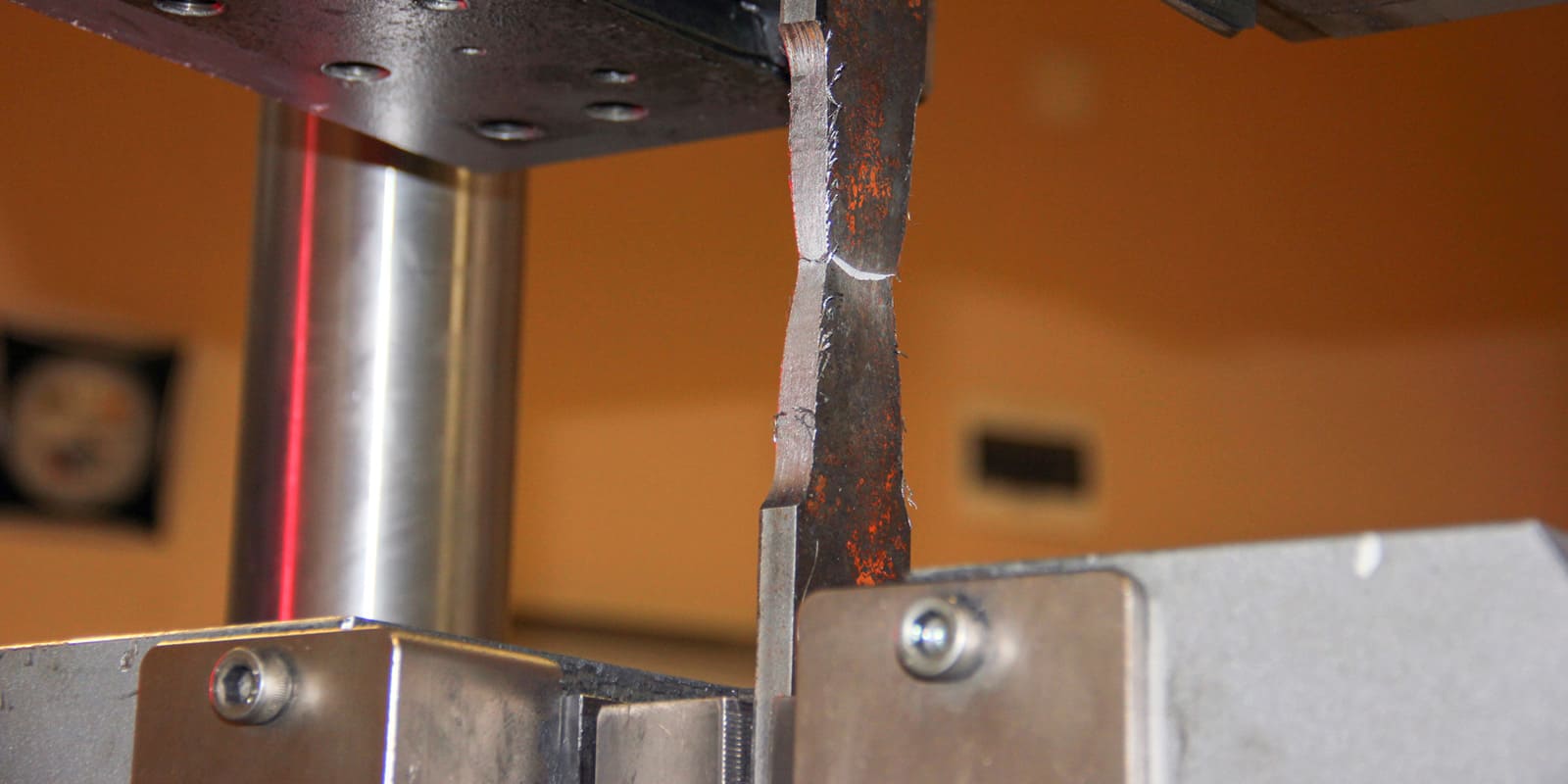Mechanical Testing and Non-Destructive Testing (NDT) are two methods used to evaluate the properties of materials. While they both serve the same purpose, they differ in their approach, and understanding the differences is crucial for making the right choice when testing materials.
Mechanical Testing
Mechanical Testing includes applying pressure or force to a substance and seeing how it reacts. In destructive testing, a sample is often broken to evaluate its mechanical, flexible and strength qualities. A universal testing machine and other specialised tools are frequently used in laboratories to undertake mechanical testing. Several mechanical tests can be run depending on the kind of material and the qualities that need to be assessed.
Some common mechanical tests include tension, compression, bending and hardness tests. Mechanical Testing is widely used in aerospace, automotive and construction industries to ensure the quality and performance of materials.
Non-Destructive Testing
Non-Destructive Testing (NDT), in contrast to mechanical testing, does not harm or change the substance being tested. NDT is a group of methods used to assess a material’s characteristics without doing any harm. These methods are especially helpful for assessing components that are pricey or difficult to replace.
NDT techniques use various forms of energy, such as sound, light and radiation to evaluate the properties of a material. Some common NDT techniques include ultrasonic testing, radiography, eddy current testing and magnetic particle testing. These techniques are non-invasive and can be performed on a material while it is still in use, allowing for early detection of defects or damage.
NDT is widely used in various industries, including aerospace, automotive and construction, to evaluate the quality and reliability of materials. It is also commonly used to inspect pipelines, bridges and other critical infrastructure to detect potential defects or damage that could lead to failure.
Conclusion
Mechanical and Non-Destructive Testing are both valuable tools in evaluating the properties of materials. Mechanical testing provides detailed information about a material’s mechanical properties but is destructive, while NDT allows for the evaluation of materials without causing damage. The choice between the two methods will depend on the type of material being tested. Contact us at Code A Weld today to learn more about these two methods.







